Ever found yourself in the middle of a baking spree, only to realize you’re not sure how many grams of flour make a cup? Or perhaps you’ve stumbled upon a delightful European recipe but got stumped by the metric measurements? Fret not! Our ultimate Baking Conversion Charts are here to save the day (and your cake)!
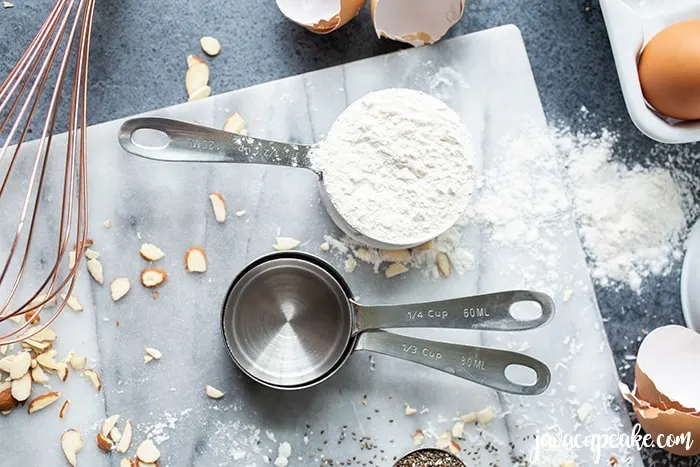
Why Baking Measurements Matter 📏
Baking isn’t just an art; it’s a science! A pinch too much or a tad too little can turn your soft-baked cookies into, well, cookie rocks. That’s why precision is key.
With our baking conversion charts, you’ll nail the measurements every time, ensuring fluffy cakes, perfect pies, and cookies that are just right.
Imperial vs. Metric: The Great Debate 🌍
- Imperial System: Mostly used in the United States. Think inches, feet, and pounds.
- Metric System: The favorite of many countries worldwide. It’s all about meters, grams, and liters. And guess what? It’s based on the number 10, making conversions a breeze!
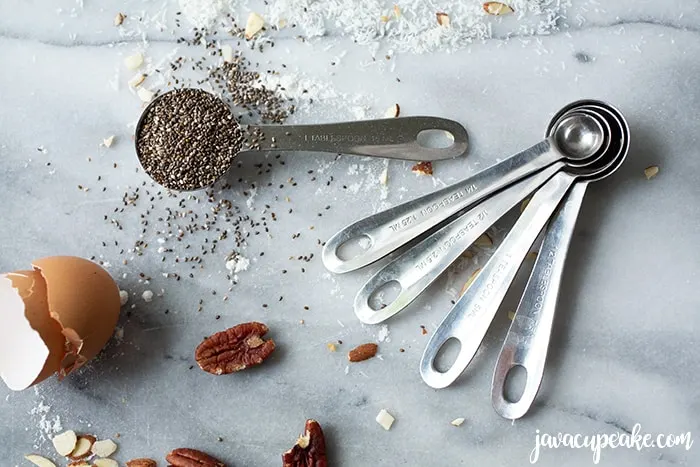
Tips and Tricks for Precision and Perfection 🌟
Baking is indeed an exhilarating adventure, and like any great explorer, you need a map and compass. In baking, our “map” is the recipe, and our “compass” is the precision in measuring ingredients.
Here’s how you can use our Baking Conversion Charts effectively, along with some tips to avoid common measurement mishaps.
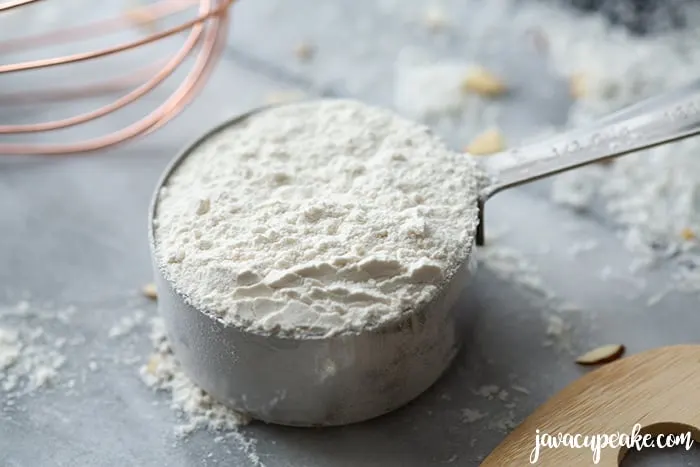
- Measuring Flour:
Flour can be a fickle friend. For accuracy, spoon the flour into your measuring cup and level it off with a knife. This technique prevents the flour from being overly compacted, which is a common issue when scooping directly from the bag. Our conversion charts can help you accurately convert cup measurements to grams or ounces, ensuring you’re using just the right amount every time. - Room Temperature Ingredients:
Ingredients like butter, eggs, and dairy blend more smoothly when at room temperature. But how do you measure butter straight from the fridge? Use our charts to convert butter measurements from cups to grams or tablespoons. This way, you can cut the exact amount you need and let it warm up while you prep other ingredients. - Sugar Subtleties:
Different sugar types can dramatically affect your baking. For instance, granulated sugar and powdered sugar have distinct volumes and weights. Use our charts to convert these measurements accurately. Remember, packing brown sugar into a cup can increase its weight, affecting the sweetness and texture of your bake. - Liquids and the Art of Precision:
Liquid ingredients can be tricky. Our charts come in handy for converting fluid ounces to milliliters, ensuring you add just the right amount of milk, water, or oil. A kitchen scale can be your best friend here for precise liquid measurements.
Common Baking Blunders and How to Dodge Them Using Conversion Charts 🛑
Even seasoned bakers can slip up, especially when it comes to measurements. Here are some pitfalls to avoid, with a little help from our charts.
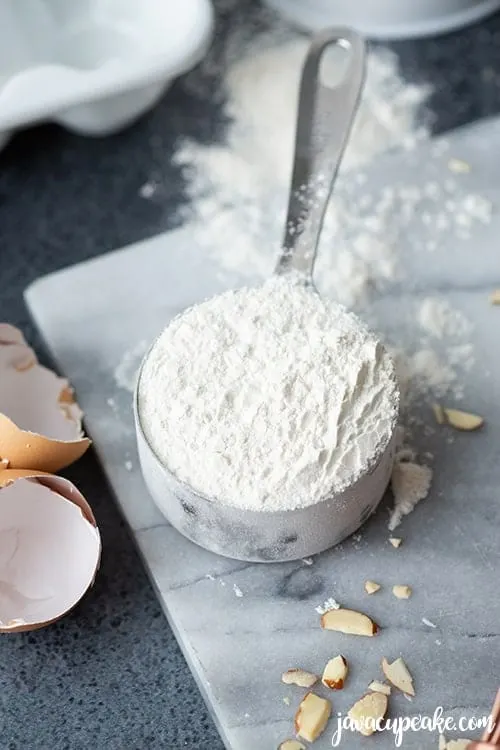
- Overmixing Dough:
It’s easy to overdo it with the mixer. To prevent this, measure your ingredients accurately using our charts. This ensures you’re starting with the right ratios, reducing the temptation to overmix. - Ignoring Oven Preheating:
The right oven temperature is crucial. Use our temperature conversion chart to switch between Celsius and Fahrenheit effortlessly, ensuring your oven is perfectly preheated according to the recipe’s demands. - Misjudging Baking Powder and Soda:
Even a slight misstep with leavening agents can lead to flat or overly risen bakes. Our charts help you convert teaspoons to grams, ensuring you’re adding just the right amount. - Salt: The Flavor Enhancer:
Too little or too much salt can dramatically alter your baked goods’ flavor profile. If your recipe calls for kosher salt and you only have table salt (or vice versa), use our conversion charts to adjust the measurements accordingly.
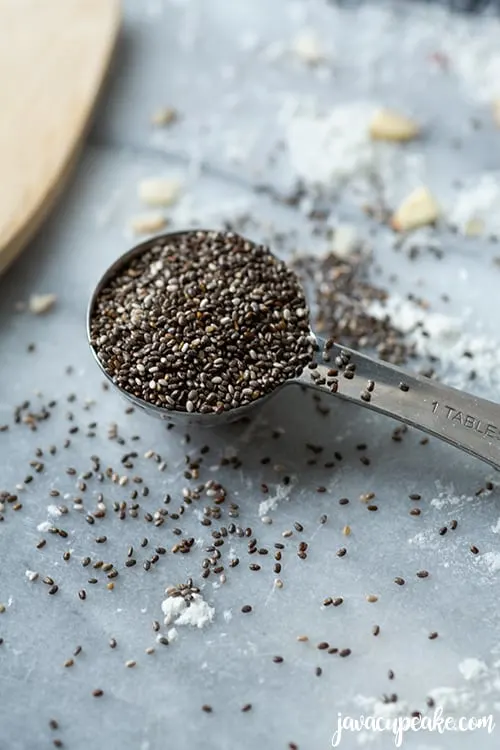
By integrating these tips and tricks with the use of our Baking Conversion Charts, you’re setting yourself up for success in the kitchen.
Remember, baking is as much about the journey as it is about the delicious destination. Happy baking! 🎂📏
Your Baking Conversion Charts Lifesavers 🦸♀️
- Basic Ingredients Conversion Chart: From flour to sugar, butter, and even heavy cream, we’ve got you covered. Download & Print Here
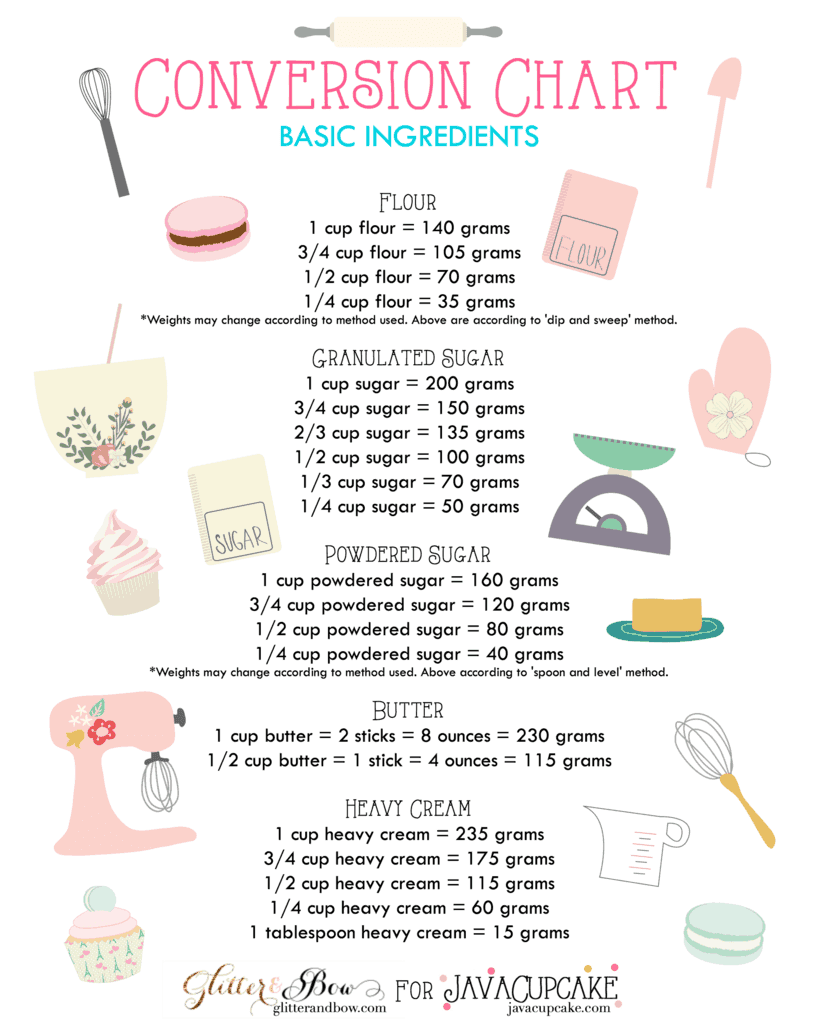
- Measurements & Temperatures Chart: Liquids, nuts, baking chips, and even a Celsius to Fahrenheit conversion for those tricky oven settings. Grab Yours Now
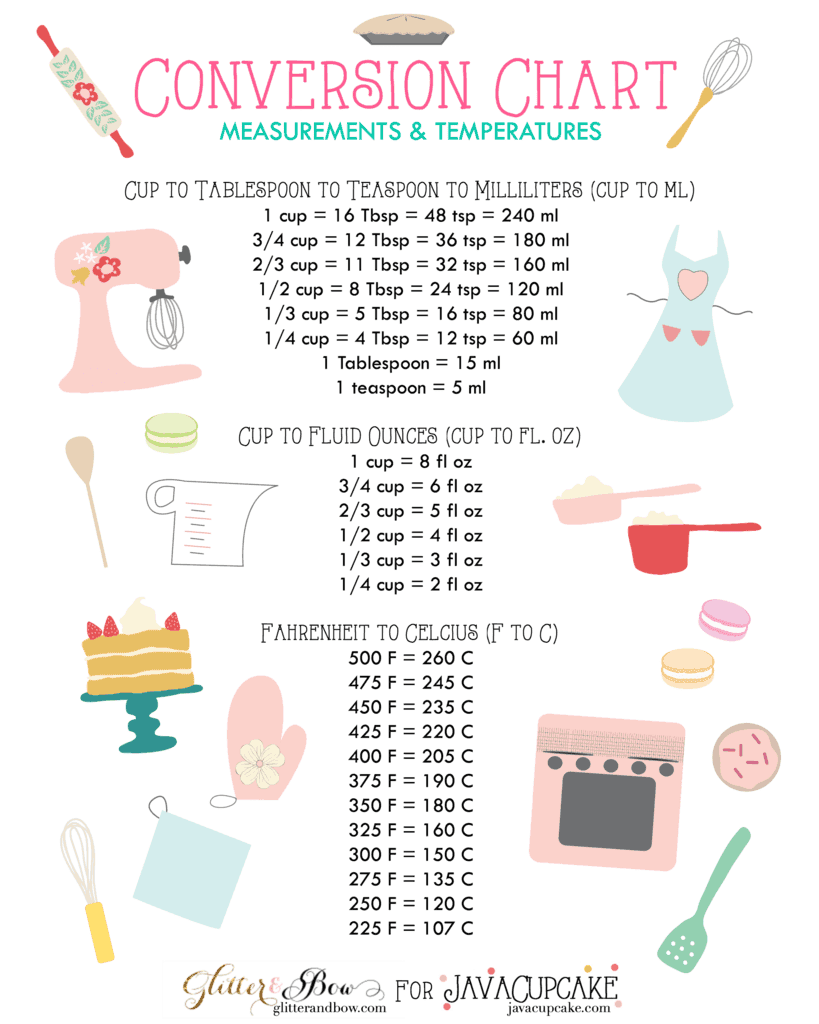
- Mini Printable Temperature Chart: A handy little chart to stick right by your oven. Never second-guess those temperatures again! Download & Stick
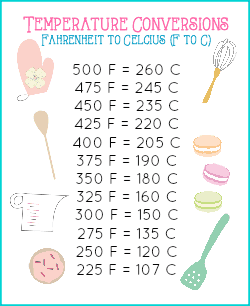
A Sweet Note 🍪
Baking is all about spreading joy, one treat at a time. With these charts, we hope to sprinkle a bit of that joy into your baking adventures.
Happy baking, and may your treats always rise to the occasion!
Downloadable Resources:
- 📌 Basic Ingredients Conversion Chart
- 📌 Measurements & Temperatures Chart
- 📌 Mini Printable Temperature Chart
Share your baking successes (or hilarious fails) with us in the comments below!
And if you found these baking conversion charts helpful, don’t forget to share them with your fellow baking buddies. 🍰

Linda
Thursday 11th of January 2024
Thank you so much for these great charts & they are so cute to boot!!!
saloni rahate
Thursday 3rd of June 2021
these charts are very helpful for students too.as i am student of hotel management i need this chart eveytime during my exams. thankyou.
Lisa Edwina
Monday 13th of January 2020
thanks for this sharing useful post.
Mona J Yoder
Thursday 26th of December 2019
I visited your blog for the first time and just been your fan. I Will be back often to check up on new stuff you post!
Paul @ Diet Blog Pro
Wednesday 6th of November 2019
conversion charts very healthy and delicious.thanks for sharing helpful post.